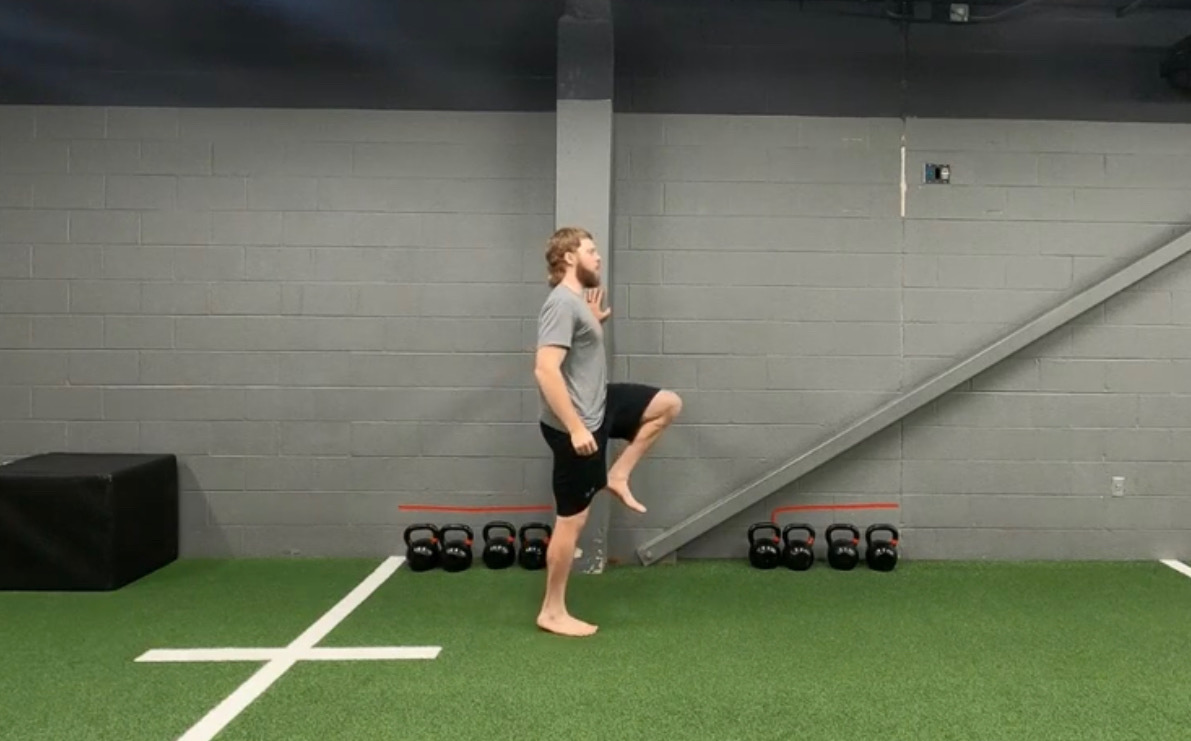Psychological Safety
Mental toughness is key to success in any field. In order to be successful, you need to be able to withstand the pressure and keep going no matter what. But how do you develop mental toughness? One way is by creating a psychologically safe environment. So as coaches, let’s look at a few things that could help us create a safe space for our players to grow and thrive.
There are 6 attributes that we are going to examine for creating a psychologically safe space and they are as followed:
- Providing athletes with choices
- Providing rationale for tasks
- Acknowledge our athletes feelings (super important)
- Give players the opportunity to do independent work
- Provide non-controlling competence feedback
- Prevent ego-involvement in athletes vs. task involvement
So let’s dive right in…. What is Team Psychological Safety?
Team psychological safety is defined as a shared belief that the team is safe for interpersonal risk taking. For the most part, this belief tends to be tacit – taken for granted and not given direct attention either by individuals or by the team as a whole. Although tacit beliefs about interpersonal norms are sometimes explicitly discussed in a team, their being made explicit does not alter the essence of team psychological safety.
Now, let’s examine the attributes of creating a space that is psychologically safe for our team.
1. Providing Athletes With Choices
Giving our players the opportunities to have a choice is essential. We need to remember that our players are individuals with their own set of experiences, values, and beliefs. Consequently, they will have their own way of seeing the game and approaching competition. It is our job as coaches to provide them with the resources and support they need to be successful in their chosen approach.
2. Providing Rationale for Tasks
When we provide our players with the rationale for the tasks they are being asked to do, it allows them to understand the “why” behind what they are doing. It also allows them to see how their individual role fits into the bigger picture of the team’s success. If we can create an environment where our players feel like they have a ral purpose or role on the team , it goes a long way towards creating a psychologically safe environment.
3. Acknowledge Our Athletes Feelings
Acknowledging our athletes is not only important but in fact, it is essential. Our players should know that, on and off the playing ground, we have their backs and will stand in any fight for them. When we take the time to listen to our athletes and understand how they are feeling, in turn, it builds a relationship of trust and respect. Sometimes, as coaches, we can be so focused on getting our athletes to perform at their highest level that we forget to acknowledge how they might be feeling and if that could be affecting their performance. Acknowledging and validating an athlete’s feelings are key components of creating a psychologically safe environment.
4. Give Them Independence
Giving our athletes independent work goes a long way. It shows that we trust them to be able to work on their own and that we have faith in their abilities. It also allows them to take ownership of their training and performance. This is a key attribute in creating psychological safety because it gives athletes a sense of control and empowerment.
5. Provide Non-Controlling Competence Feedback
CONTROL YOUR MOUTH…in simplest terms. When we provide feedback, it is so important that we do so in a way that does not make the athlete feel controlled. We want our athletes to feel like they are in control of their training and their performance. One way to do this is to provide what is called “non-controlling competence feedback.” This type of feedback is when we give the criticism in a way that does not make the athlete feel like we are making decisions for them. That can easily push players to feel insecure in how they operate in performance. Use “I” statements when providing feedback. For example, instead of saying “You need to work on your mental toughness,” we could say “I noticed that you seemed to get frustrated. How can we fix this and move past it in an effective way?” This approach allows the athlete to take accountability but also feel like we are in this together. Creating an “us” instead of a “them and us” is the objective.
Lastly… 6. Prevent Ego-Involvement in Athletes vs. Task Involvement
In other words, make sure the athlete is focused on the task and not their self-image. This can look like making sure your body language is open and you are engaged with what they are saying. Perhaps avoid crossed arms or looking at your phone while they are speaking. In all actuality it really comes down to showing our players respect. Ego involvement creates an environment where athletes feel like they have to prove themselves which puts unnecessary pressure on them and a strain on their performance.
Yes, I know. That was A LOT!
Creating a psychologically safe environment and creating the right team only helps to push our players past the limits of what they believe are possible, and that’s a huge win because a lot of our limitations are self-imposed. Something important to keep in mind is that FEAR helps explain WHY. Most of our players, in fear, would rather risk underperforming than to ask a question in fear of being judged. So as coaches, it is our duty to create spaces that groom physical fitness, mental strength and the readiness to tackle anything that stands against our teams.
If you try these 6 attributes, I promise you will begin to see so much growth in your team, physically, mentally, emotionally and even spiritually.
Today I welcome you to give being the best effective coach, on and off the game floor, a chance by challenging yourself to give these practices a try. Once you start to see results, reach out and let me know how your team transformed! I would love to hear your story.
For more on creating a psychologically safe environment feel free to read the journal article below.
Speed Position Drills: A Biomechanically-Driven Approach
The Why
To keep it simple, what we want in a good skating stride is different from a good
sprinting (dryland) stride. Research shows the faster we are off ice, the faster we can be
on the ice.
Read more


